WWDC 2025 Announcements: Everything Apple Dropped Today
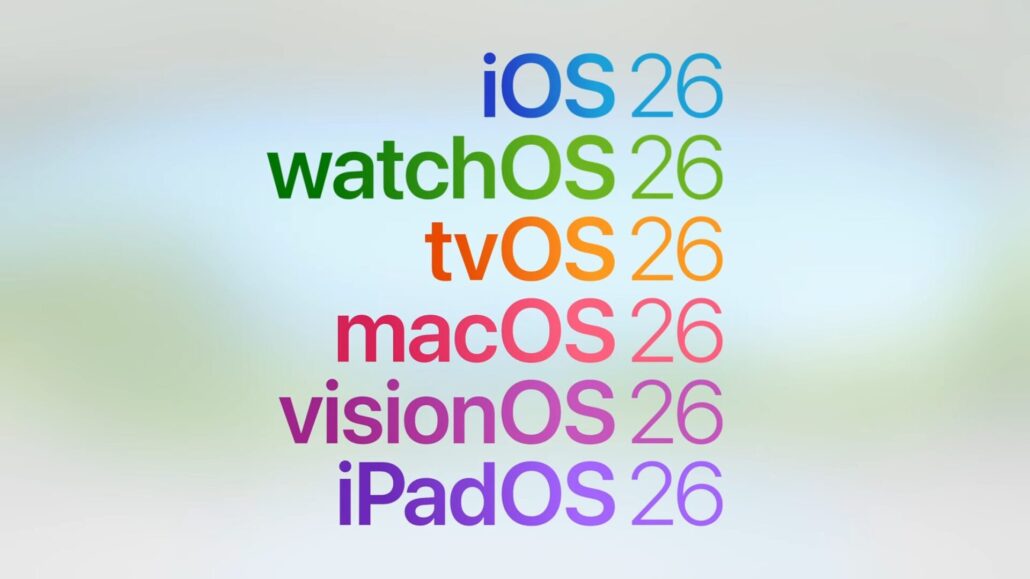
Apple’s Worldwide Developers Conference (WWDC 2025) keynote didn’t deliver earth-shattering surprises, but it painted a clear and thoughtful vision for the next phase of Apple’s ecosystem. With a pronounced emphasis on unified design, privacy-focused artificial intelligence, and smarter user interactions, Apple rolled out substantial updates across its entire software lineup. From iPhones to Macs and Apple Watches to Vision Pro, the WWDC 2025 announcements are designed to streamline and enhance daily digital life. The conference focused on giving users more control, more personalization, and a seamless experience across the Apple ecosystem. Here’s a comprehensive rundown of all the key WWDC 2025 announcements.
The Liquid Glass Redesign
Perhaps the most visually striking update this year is the introduction of Apple’s new “Liquid Glass” design language. Drawing aesthetic cues from the futuristic visionOS interface, this new look brings translucent, fluid, and glass-like elements into the UI across all major Apple platforms. Users can expect more dynamic lighting effects, depth enhancements, and interface consistency across iPhones, iPads, Macs, and Apple Watches.
Beyond the beauty, Liquid Glass improves usability with adaptive backgrounds, clearer content hierarchy, and smoother navigation transitions. Apple is prioritizing not just aesthetics but also the functional ergonomics of the user interface. Developers will be able to take advantage of the new APIs that support this design system, allowing them to create apps that seamlessly blend into the new UI standard.
Apple also confirmed that Liquid Glass is the most accessible design it has released, offering improved contrast, more readable fonts, and a modular layout that adjusts according to user preferences and device type.
WWDC 2025 Introduces Year-Based OS Naming and Releases
In a strategic branding shift, Apple has retired the classic version numbering in favor of a cleaner, more logical year-based naming convention. This change debuts with iOS 26, macOS 26 (Tahoe), iPadOS 26, and their counterparts across other devices.
This change signals Apple’s alignment with calendar-year development cycles, making it easier for users and developers to track updates. All platforms will follow synchronized release schedules, with public betas set to roll out in July and final versions expected by September. Apple’s aim here is to eliminate confusion and create a more transparent, predictable update cadence.
The naming change also reflects Apple’s long-term commitment to consistent branding. It helps users better understand which OS aligns with their hardware and ensures all Apple product lines stay tightly integrated with one another through shared development timelines.
Apple Intelligence and On-Device AI in WWDC 2025 Announcements
A major highlight of WWDC 2025 was the unveiling of “Apple Intelligence,” Apple’s comprehensive approach to artificial intelligence. True to form, Apple is taking a privacy-first stance by ensuring that the majority of AI processing occurs directly on the device, without relying on cloud-based servers.
Apple emphasized that privacy remains at the heart of its AI strategy. Unlike competitors that rely on sending user data to external servers for analysis, Apple’s AI models operate locally, offering both speed and security. This approach assures users that their personal information remains under their control at all times.
Genmoji and Image Playground
While not brand-new, Genmoji and Image Playground saw notable upgrades at WWDC 2025. Genmoji, which allows users to create custom emojis using simple prompts, now supports more detailed customization and animated emoji output. Users can further personalize their digital expressions with enhanced styling and scene options.
Image Playground also received significant performance boosts and now supports more complex image generation using Apple’s latest Foundation Models. The integration with ChatGPT has been streamlined to offer smoother, context-aware image creation. These improvements aim to empower users with more creative tools that function efficiently right on their devices.
Developers will also be able to embed these tools into their apps, making AI-powered creative tools more widely accessible across the App Store ecosystem.
Live Translation and Enhanced Siri (Coming Soon)
Communication barriers continue to shrink with the introduction of live translation features across calls, FaceTime, and Messages. This real-time functionality empowers users to converse effortlessly across languages.
Apple demonstrated seamless multilingual conversations, making it easier for global users to stay connected. These features are ideal for international travel, remote work, and cultural exchange.
While many were expecting a major Siri overhaul, Apple announced a temporary delay in rolling out its AI-enhanced assistant. The company emphasized its commitment to delivering a reliable and intelligent Siri upgrade later in the year after further refinement.
In the meantime, Siri will receive incremental improvements, such as more accurate contextual responses and quicker task execution, thanks to the improved on-device AI backbone.
WWDC 2025 Announcements for iOS 26 and iPadOS 26
iOS 26 brings a wealth of enhancements aimed at personalizing and simplifying the user experience:
- Messages now support customizable background themes, group chat polls, and smarter message filtering.
- The Phone App gains intelligent call screening features that automatically prompt unknown callers.
- AirPods benefit from studio-quality audio recording capabilities and hands-free camera shutter functions.
- Apple Music introduces real-time lyric translation and an AutoMix feature that creates smooth transitions between songs.
- Maps includes a “Visited Places” feature, enabling users to review past travel routes and locations.
- Wallet now supports installment tracking for purchases and live updates for travel passes.
- Accessibility improvements include Universal Reader for text recognition, Braille input support, and refined Live Listen audio sharing.
iPadOS 26 further enhances productivity by enabling true windowed multitasking, allowing users to resize, move, and layer apps—just like on a Mac. This upgrade significantly narrows the gap between iPads and traditional laptops, making tablets more viable for work and study.
Apple has also introduced new keyboard shortcuts and gesture controls, making iPadOS 26 the most efficient and user-friendly version yet for productivity power users. Enhanced stylus input and new multitasking APIs empower developers to create more capable and versatile iPad apps.
macOS Tahoe and the End of Intel Macs
macOS 26, named “Tahoe,” not only introduces Liquid Glass but also marks a historic transition point for Apple’s desktop operating system. It is the last version that will support Intel-based Macs, signifying a complete shift to Apple Silicon.
Tahoe brings redesigned transparent menus, a smarter and faster Spotlight search engine, and expanded continuity features. Users can now mirror and control their iPhones directly from their Macs, further integrating the Apple ecosystem. In addition, the new Phone and Journal apps make their debut, offering better organization and digital wellness tracking.
Apple is also enhancing developer tools in macOS Tahoe, including updated versions of Xcode and Swift Playgrounds optimized for Apple Silicon. This enables faster compiling, better testing environments, and tighter integration with AI services.
Other WWDC 2025 Announcements: watchOS 26, VisionOS, CarPlay, and the New Games App
Apple’s other platforms didn’t go unnoticed:
- watchOS 26 features “Workout Buddy,” a personalized AI fitness coach that uses real-time metrics and goals to guide workouts. Users can also control watch functions with new wrist-flick gestures.
- VisionOS gets upgraded with spatial widgets, a more responsive interface, and support for PSVR2 controllers—opening new doors for spatial computing and immersive gaming.
- CarPlay receives dynamic route adjustment based on traffic and preferences, along with support for customizable dashboard widgets. The updates enhance both convenience and driver safety.
VisionOS 26 also brings expanded developer support for spatial applications. New SDKs and UI frameworks enable developers to build fully immersive apps for business, creativity, and entertainment, positioning Apple as a serious contender in spatial computing.
Additionally, Apple unveiled a new Games app, consolidating all gaming-related experiences across Apple devices. It brings together Apple Arcade, Game Center, and App Store games into one cohesive hub, making it easier than ever for users to discover, manage, and play games. This marks a significant step forward in Apple’s gaming strategy, reinforcing its commitment to immersive and accessible entertainment.. New SDKs and UI frameworks enable developers to build fully immersive apps for business, creativity, and entertainment, positioning Apple as a serious contender in spatial computing.
Key Takeaways
WWDC 2025 reinforced Apple’s commitment to refining the digital experience through intelligent design, secure AI, and thoughtful user-centered updates. Instead of flashy gimmicks, the keynote focused on long-term usability, visual harmony, and ecosystem-wide enhancements.
From the bold Liquid Glass redesign to the behind-the-scenes AI improvements and productivity tools, Apple is investing in a future where form meets function. For developers, tech enthusiasts, and everyday users alike, these updates offer a smarter, more personalized, and better-connected Apple experience.
Whether you’re managing tasks, creating content, or staying connected with loved ones, WWDC 2025 announcements showed that Apple is continuing to evolve—not just by adding new features, but by making every interaction more meaningful. Apple has signaled its path forward: smarter devices, cleaner interfaces, and deeper user trust.


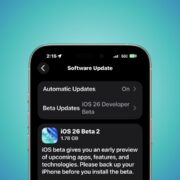

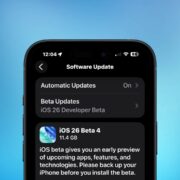
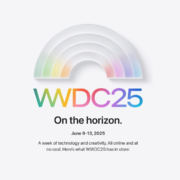

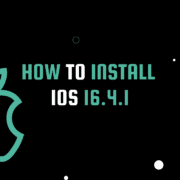

Leave a Reply
Want to join the discussion?Feel free to contribute!